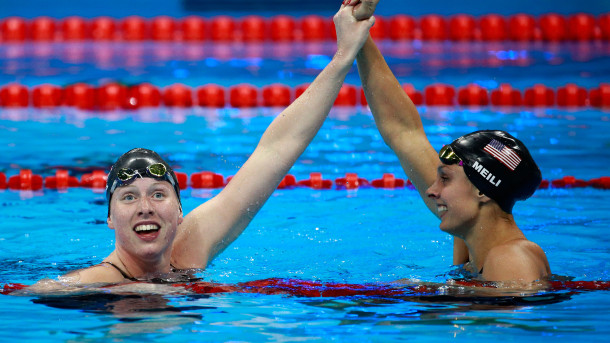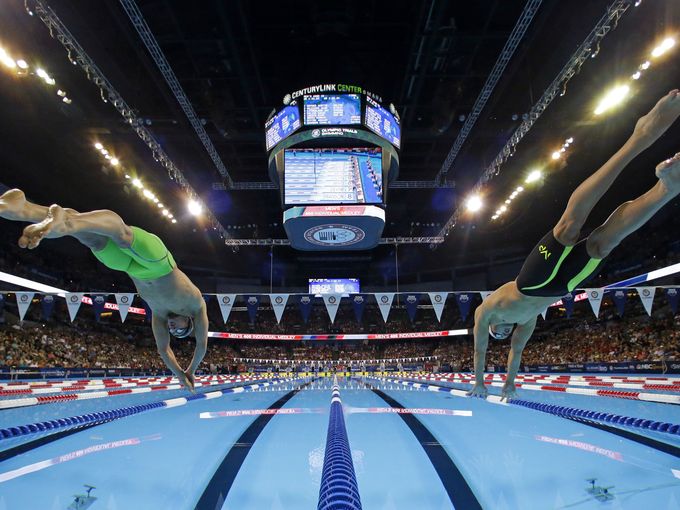Correspondence 1
Dear Madam President;
It is our great pleasure here at the National Science Lab to announce the creation of the single greatest tool to combat infectious disease. No more must our species be savaged by diseases imparted by single-cellular organisms. While it is well known that all living things are contained within cells, the mechanisms of life can be separated. One such mechanism is protein synthesis – by putting the code for phagic proteins and a protective capsule into a discrete package we can deliver these non-cellular devices to bacteria to destroy them. These ‘bacteriophages’ will be the most powerful tool to fight disease ever created. We ask for an extension of funding to create a release and distribution system for this great device. Attached is all of our data and experimental logs for your consideration.
Respectfully,
Disease Defense Lab
National Science Lab
Correspondence 2
To the incredible scientists working at the DDL;
My heartfelt and sincerest congratulations for your amazing discovery and development. I have issued you an extension of funding personally to continue your ground-breaking work. Our chief scientific advisors here in the capitol are very excited by your work. We encourage you to continue developing this product. However, the consensus of the advisory board here recommends that you propose a trial for a closed environment to ‘release and distribute’ these bacteriophages to fully examine the effects of such a dramatic new tool. Again, you have my highest admiration and I wish you the best in your continued research.
Looking forward to updates!
President N
Correspondence 3
President N,
Thank you for your funding and your support! We have been able to further enhance the bacteriophages we have developed here. They can now penetrate thicker capsules and protective barriers on many small cells. Furthermore, we have developed a limited replication strategy so that we need only introduce a small number of bacteriophages and they will assemble more from within the dying cell to address adjacent cells. We have done a great deal of testing to show that the bacteriophages can specifically and potently kill these infectious cells, but cannot harm our cells, or those of organisms similar to us. The best feature of these devices is that since they are not alive they cannot evolve and there is no danger to our population. As such, we have already treated a nearby community with these phages and seen a tremendous reduction in disease. We have attached the epidemiological data we’ve collected, as well as the patient data. We can have custom bacteriophages delivered anywhere in the world to treat any and all diseases!
Enthusiastically,
The Disease Defense Lab
Correspondence 4
To the DDL Scientists;
The data you’ve attached is very compelling – it appears there is total clearance of the pathological cells in this population! Our experts are stunned. They wonder, as do I, what has become of the bacteriophages you’ve introduced? We request that you suspend introduction of these devices into the community at large, and possibly contain the initial patients such that they can be fully examined. For your offer, there are attached several orders for new bacteriophages. We would like you to develop these and then run them through a contained testing protocol before distribution. We are unsure about the behavior of such a device in the environment since it is organic in nature, and we would like to collect data. Once appropriate safety testing is complete we will recommend the public release of more devices.
Continued good luck!
President N
Correspondence 5
Madam President;
We have completed the design and shipment of the orders attached, and with highest confidence we can say these devices are entirely safe. Since these devices are organic they will break down naturally into their simplest pieces. Therefore, we have recommended that the buyers might begin distributing the bacteriophages to end the suffering in the populations who need them! While we don’t see the need, we’ve sent letters to all the patients in our initial treatment group. They have not come in for testing yet, but we imagine they are now in the clutches of a disease-free life and may not respond to our correspondence. Broadcast shows have asked if taking bacteriophages may prevent the later incidence of disease, and we believe this may be the case. We will begin a study soon to determine if taking a daily dose of bacteriophage might not be the fountain of youth itself! We have no new data attached, but we have the financial statements from the phage orders. Thank you for their contact information!
Enthusiastically!
The DDL
Correspondence 6
ATTN DDL Scientists;
While we wholly believe that this device you have created is the most promising in our lifetime, we must ask that you discontinue releasing it. Furthermore, we must ask that you follow up with all your patients and have them report to a hospital for testing. One vendor has asked for your anti-phagic to reverse the bacteriophage activity, and we have received reports that some areas which have received phage, despite initial success, have been exposed to a possible adverse event. We understand these hiccups will always occur in the development of great technologies, however we worry that this device has a very powerful mechanism and wish to understand it better.
President N
Correspondence 9
Madam President;
We now see that some of the patients did have a negative reaction some time after phage introduction. We have studied the phage and determined why this may be happening, and we can treat the surviving patients. We have sent anti-phagic to those who have ordered our device and they should control the side-effects of which you’ve heard. We agree this is a minor hiccup and we are enthusiastic to continue development.
Best,
The DDL
Correspondence 10
DDL
I have received word that your anti-phagics are not working. The tally of those who have died from your phagic treatment is rising. I demand that you collect all the phages you have released and keep them confined to your lab. We will mandate experiments that we will require before you may release them again. Please respond ASAP as you complete this.
President N
Correspondence 11
President N;
In the history of our world from it’s formation 5 million years ago, to the first known life 100,000 years ago, we have never observed any non-cellular thing display evolution. Therefore we are stunned to report that these phages have adapted to survive our anti-phagic treatment; further the bacteriophage had itself developed pathogenic activity. We are trying to develop new treatments now. As for the collection of our phages, we had assumed the phage would not be stable in the outside world, but the spread of this ‘phagic fever’ has shown that this too is incorrect. We have our best scientists developing a new phage which might be strong enough to deactivate the bacteriophage: a phagophage of sorts. We will report back shortly.
DDL
Correspondence 12
DDL
Suspend all experiments and further developments. The fever has a 50-day mortality rate of 98%. We have no choice but to isolate these communities and wait for the phages to die. Once this containment is complete you will be held responsible for this.
Correspondence 13
DDL
Your failure to respond is considered treasonous, although you’ve already sealed your fate by developing this non-cellular device which can defeat almost any cell and cellular-based organism! So many have died.
Correspondence 14
DDL
Perhaps my last missives were not delivered as I hear the phagic disease has ravaged your region. I write this in vain I’m certain. Since all life is now compromised we are directing the global space program Galactonauts to settle one of our seed planets. We believe Gal529.MW, Sys4.S, P3.Terra is the best option. After the galactic seeding program which potential life-bearing locations, we noticed a dramatic change in the absorbance of the planet which may be indicative of atmospheric development. Our Galactonauts are presumably the only uninfected members of our species due to the isolation training – I pray nothing contaminated reached them. We can only hope that the inclusion of these missives on their log will serve as a warning to the new settlement. Surely they will struggle, and we will never know if they survive. Likewise, until they can construct the appropriate equipment they will never be able to contact us. We will keep our transmission beacon on and try to monitor their settlement if we as a species can somehow survive. I just hope that the collective knowledge of our species will not be lost forever upon their arrival. Should you ever receive this letter, I will not be accepting further mail as I will be spending my final days with family.
With despair,
N











